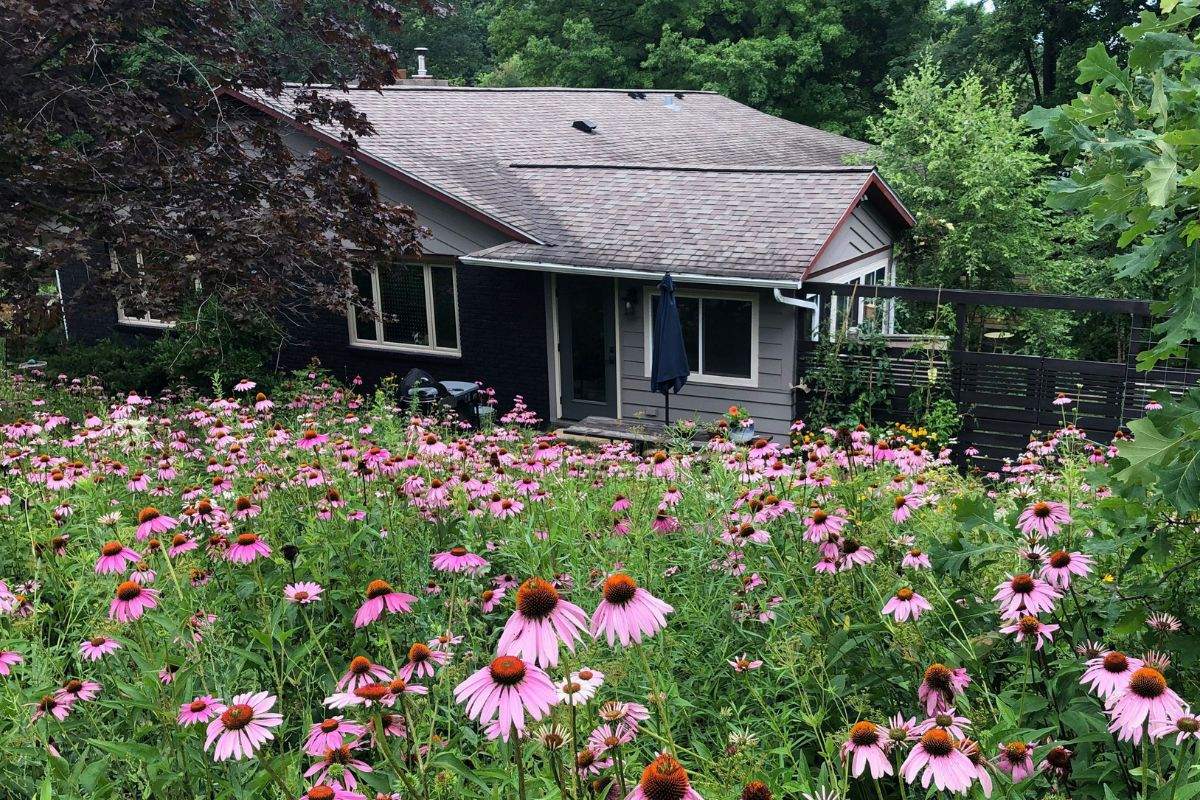Secrets Of Indigenous Garden Plots In New England

Have you ever wondered about the secrets behind the lush, thriving gardens of New England's indigenous communities? These gardens are more than just beautiful spaces; they hold centuries of wisdom and tradition. Indigenous people have cultivated these plots using sustainable practices that respect nature. By planting a mix of crops like corn, beans, and squash, they create a balanced ecosystem. This method, often called the "Three Sisters," helps the soil stay fertile and reduces pests. Learning about these indigenous garden plots can teach us valuable lessons about sustainability and respect for the environment. Ready to dig deeper into this fascinating topic?
Understanding Indigenous Garden Plots
Indigenous garden plots in New England hold a wealth of history and tradition. These gardens, cultivated by Native American tribes, showcase sustainable farming practices and deep connections to the land. Let's explore some of these fascinating sites.
Historic Sites to Visit
Visiting these locations offers a glimpse into the past and an appreciation for indigenous agricultural techniques.
Plimoth Patuxet Museums, Massachusetts
- This living history museum features a recreated 17th-century Wampanoag homesite. Visitors can see traditional crops like corn, beans, and squash, known as the "Three Sisters," grown using indigenous methods.
Mashantucket Pequot Museum & Research Center, Connecticut
- The museum's outdoor exhibits include a Pequot village with gardens showcasing native plants. Learn about the Pequot people's agricultural practices and their relationship with the environment.
Mystic Seaport Museum, Connecticut
- While primarily a maritime museum, Mystic Seaport includes exhibits on Native American life. The gardens here demonstrate traditional planting techniques and the importance of native crops.
Educational Centers and Programs
These centers offer hands-on learning experiences about indigenous gardening practices.
Tomaquag Museum, Rhode Island
- This museum provides educational programs on Native American culture, including gardening workshops. Visitors can participate in planting and harvesting activities using traditional methods.
Native American Institute of the Hudson River Valley, New York
- Though not in New England, this institute offers valuable insights into indigenous agriculture. Their programs cover traditional farming techniques and the significance of native plants.
Community Gardens and Projects
Community gardens help preserve indigenous gardening traditions and promote sustainable practices.
Wampanoag Common Lands, Massachusetts
- This community project focuses on land stewardship and traditional agriculture. Visitors can learn about the Wampanoag people's efforts to maintain their cultural heritage through gardening.
Narragansett Indian Tribe Community Garden, Rhode Island
- The Narragansett Tribe's community garden showcases native plants and traditional farming methods. It serves as a space for cultural education and community engagement.
Festivals and Events
Attending festivals and events can provide a deeper understanding of indigenous gardening traditions.
Mohegan Wigwam Festival, Connecticut
- Held annually, this festival celebrates Mohegan culture with traditional food, crafts, and gardening demonstrations. Visitors can see how indigenous crops are grown and prepared.
Sowams Heritage Area, Rhode Island
- This heritage area hosts events that highlight the agricultural practices of the Pokanoket Tribe. Learn about the historical significance of indigenous gardens in the region.
Preserving Indigenous Gardening Traditions
Efforts to preserve these traditions ensure that future generations can learn from and appreciate indigenous knowledge.
Nipmuc Nation's Hassanamisco Reservation, Massachusetts
- The Nipmuc Nation works to preserve their cultural heritage, including traditional gardening practices. Visitors can see how the tribe maintains their connection to the land through sustainable agriculture.
Penobscot Nation Cultural and Historic Preservation, Maine
- The Penobscot Nation's efforts include preserving traditional gardening techniques. Their programs and exhibits highlight the importance of native plants and sustainable farming.
Conclusion
Exploring these indigenous garden plots in New England offers a unique opportunity to connect with history and learn about sustainable agriculture. Each site provides valuable insights into the rich cultural heritage of Native American tribes and their deep relationship with the land.
Learning from Indigenous Garden Plots
Indigenous garden plots in New England offer valuable lessons. These gardens show sustainable farming methods that respect nature. They use companion planting, crop rotation, and natural pest control. These practices help maintain soil health and biodiversity.
Modern gardeners can adopt these techniques to grow healthier plants. Companion planting, for example, can reduce pests without chemicals. Crop rotation prevents soil depletion, ensuring long-term fertility. Natural pest control methods keep ecosystems balanced.
Understanding these traditional methods can inspire more eco-friendly gardening. By learning from Indigenous practices, we can create gardens that are productive and sustainable. This approach benefits not just our gardens but the environment as a whole.
Next time you plan your garden, consider these time-tested techniques. They might just be the key to a thriving, sustainable garden.

